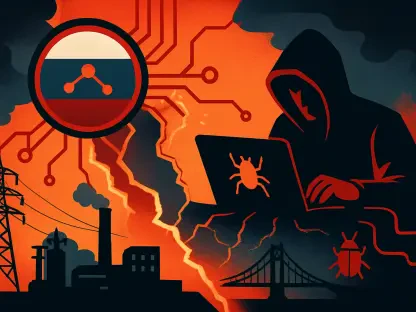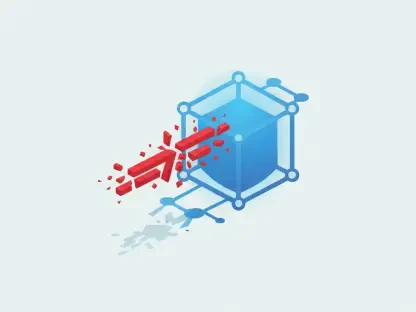In a time when artificial intelligence is advancing at lightning speed, cybersecurity threats are more complex than ever, and hybrid work models have become increasingly prevalent, IT teams find themselves at a critical threshold. A recent study highlights a surprising discrepancy: while 90% of IT professionals believe their organizations are resilient, less than half actually feel ready to address these crucial issues. This raises the pressing question: are organizations genuinely prepared to meet the demands of modern technology while supporting distributed teams effectively?
The Stakes Are Higher Than Ever
In the rapidly evolving digital landscape, AI, cybersecurity, and hybrid work are no longer optional considerations but fundamental pillars of organizational success. Businesses that fail to adequately address these areas risk compromising both their operational integrity and market competitiveness. Cyber threats continue to evolve, becoming more sophisticated and pervasive, while AI integration demands a seamless incorporation into existing IT frameworks—a task easier said than done. Furthermore, the transition to hybrid work requires a reimagined approach to staffing and collaboration tools to ensure productivity remains unhindered across distributed teams.
Dissecting Core IT Challenges
The incorporation of AI into IT systems brings both promise and complexity. Many organizations grapple with aligning AI technologies with their existing infrastructure, raising concerns about compatibility and the training required to leverage AI effectively. Meanwhile, cybersecurity threats are ever-shifting, prompting IT teams to constantly update defenses and predict potential breaches. The hybrid work model poses its own set of obstacles, demanding flexible yet reliable structures that can support employees across varying locations. Case studies have shown both successful integrations and costly missteps, shedding light on the pitfalls and best practices in tackling these diverse challenges.
Insights from Industry Experts
According to industry reports, IT professionals express a growing concern over preparedness in key areas. RJ Gazarek, from SolarWinds, emphasizes that technology alone cannot address complex IT issues without a carefully planned strategy that considers human factors. Cullen Childress supports this view, advocating for a holistic approach that goes beyond technology adoption—ensuring teams possess not only the right tools but also the workflows and talent essential for enduring resilience. These insights underscore the necessity of moving beyond superficial solutions toward deeper strategic planning.
Strategies for Future IT Readiness
A pathway to enhanced IT preparedness begins with a balanced integration of people, processes, and technology. Organizations should consider frameworks that facilitate smooth incorporation of new technologies while fostering an agile culture. Strategic staffing, along with targeted training and robust support systems, can help bridge the gaps cited in recent surveys about organizational readiness. By proactively measuring performance metrics, IT teams can identify areas of improvement and deploy resources where they prove most effective, thus driving operational resilience.
Toward an Empowered Future
As organizations reflect on current challenges within IT departments, the path forward involves more than mere adaptation to technology trends. The importance of equipping IT teams with the right mix of tools and human capital has become clear. Concluding this journey sees businesses as transformed entities where IT not only supports but actively drives competitive advantage. Through detailed strategic planning and commitment to continuous improvement, organizations can turn these challenges into opportunities to thrive amid ongoing technological evolution.









